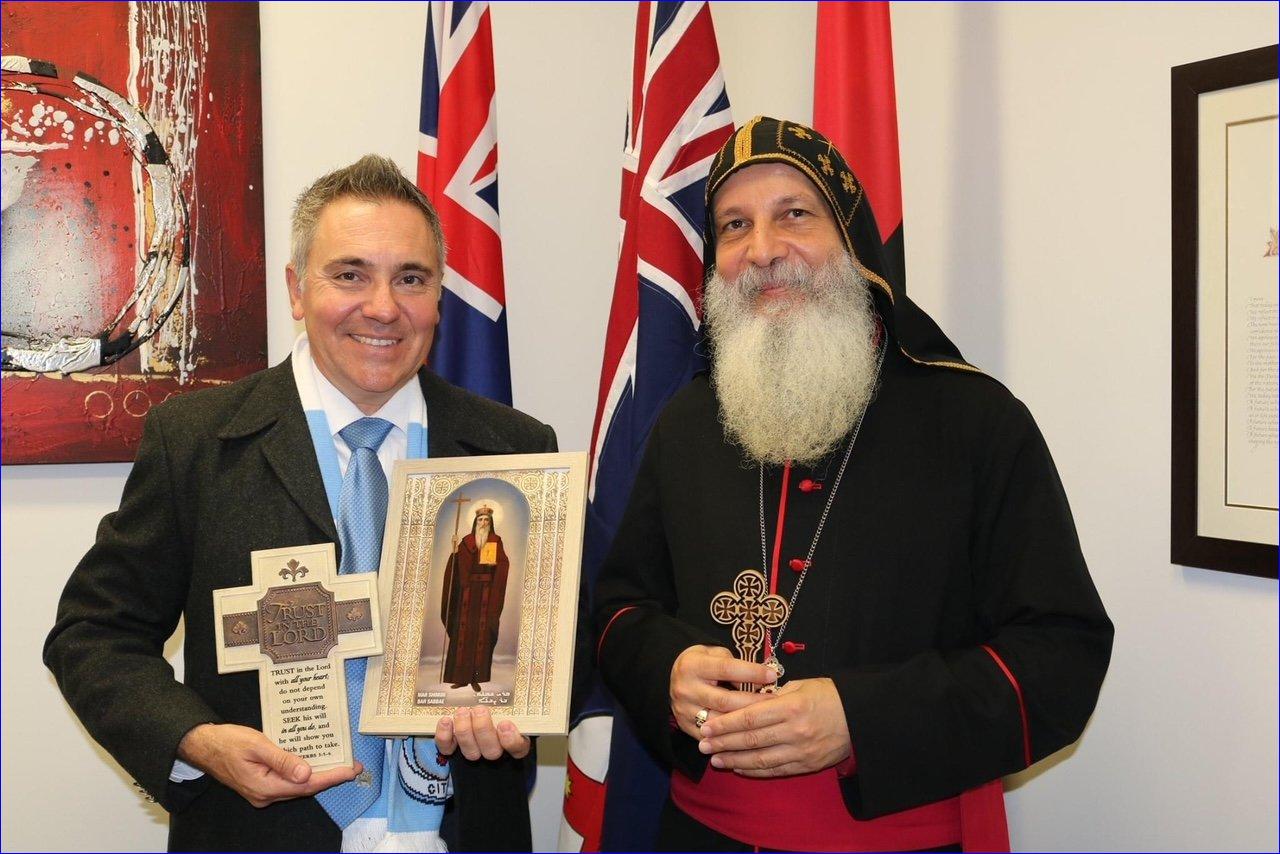


Although the aftermath on the streets paints a bleak picture, it was neither a true reflection of the parishioners of Christ the Good Shepherd, nor the community of Fairfield.
For 30 professional years I have worked, lived, and worshipped in the Fairfield Local Government Area and Southwestern Sydney. Professionally the time has been divided up between teaching in Catholic Education and representing the state seat of Fairfield in the New South Wales Legislative Assembly.
From professional and personal experience, I have gained an understanding of Fairfield's significance in the settlement of migrant and refugee communities.
Early pioneers cultivated the lands of Fairfield into thriving vineyards and market gardens from the early 1900s-1960s. Fairfield has been and will continue to be the epicentre for cultural groups seeking to bring vibrance and diversity to the wider community.
For an outsider looking into Fairfield, it could be overwhelming to fathom the cultural and religious influences the district has witnessed over the past century.
Cultural groups from Germany, Poland, Italy, Vietnam, and Iraq, and nearly every other corner of the globe have called Fairfield home. Thousands of Croatians, Lebanese, Serbians, Pacific Islanders, Argentinians, Uruguayans, Chileans have also commenced their Australian story in Fairfield.
Common to all cultural groups has been their yearning and drive to forge a better way of life for families and future generations. Education and employment opportunities have given migrants and refugees the springboard to progress to new horizons.
Although the rich Fairfield tapestry is uniquely woven with foreign threads it is without doubt Australian to its bootlaces. The love of volunteering, the notion of a "fair go" for all and the, "she'll be right" attitude are ever-present in the district.
On any given day it would not be difficult to find people immersing themselves in the community, extending the helping hand of friendship to strangers.
Yet despite all best efforts, there is still a perceived negative stigma attached to Fairfield by certain aspects of the media. Fairfielders are proud and should be!
The truth is Fairfield's cultural and religious diversity has been the core ingredient to its success.
Fairfield is a peaceful and faith-filled community. The 2021 census data indicates that 54 per cent of Fairfield residents identify as Christian. Out of the total Fairfield population 30 per cent identity as Catholic, 19.9 per cent Buddhist and 6.3 per cent Islamic.
As of 2021 the top two cultural groups in Fairfield originated from Vietnam and Iraq. Many Vietnamese escaped the communist regime between the mid to late 1970s. Of those born in Iraq, their settlement into Fairfield commenced in the 1970s, followed by the 1990s Gulf War and in recent times following the brutality of ISIS.
The nation of Iraq, like Fairfield, is religiously and culturally diverse. The main Iraqi cultural groups settled in Fairfield include Assyrians, Chaldean Catholics, Mandaeans, Iraqi Arabs, and Yazidis.
The diversity within the Fairfield Assyrian and Chaldean community was identified in the 2021 Census with 9.3 per cent of residents speaking Arabic Neo-Aramaic and 4.0 per cent speaking Chaldean Neo-Aramaic.
In Fairfield both languages came second and third respectively as "languages used at home other than English." The most spoken language other than English in Fairfield was Vietnamese at 21.1 per cent.
The Fairfield Central Business District is often referred to by locals as "Little Baghdad" due to the influence of Assyrians and Chaldeans. This is by no means a derogatory reference but rather a reference of endearment, just like Harris Park is known as "Little India" and Leichhardt as "Little Italy".
The economic contributions made by Assyrians and Chaldeans are clearly visible within Fairfield, with a wide variety of mixed business fruit shops, lawyers, jewellery stores, barbers/hairdressers, Iraqi Kebab shops, traditional fashion boutiques, butchers, cafes, restaurants, and bakeries.
The aroma of roasting coffee, baking bread, grilled shawarma and the sweet scents of cakes and pastries are present daily in the Fairfield atmosphere.
In addition to business are religious communities, charitable volunteer organisations, medical, cultural, sporting, and professional associations.
Of great significance is the location two Chaldean and Assyrian cathedrals. These cathedrals minister to local parishes and are the home of their respective dioceses.
On the Catholic side, St Thomas the Apostle Chaldean and Assyrian Catholic Diocese of Australia and New Zealand is in the suburb of Bossley Park.
St Thomas and the Eparchy of Australia and New Zealand are under the patronage of Archbishop Mar Amel Shamon Nona.
Similarly, St Hurmizd Assyrian Cathedral is the home of the archdiocese of Australia, New Zealand, and Lebanon for the Holy Apostolic Catholic Assyrian Church of the East.
St Hurmizd is in Greenfield Park under the patronage of Archbishop Mar Meelis Zaia AM.
Both Chaldean and Assyrian churches, their parishioners and clergy are an integral part of the overall religious harmony of Fairfield.
Guy Zangari is Manager Family Wellbeing and Education for Sydney Catholic Schools and a Former Member of NSW Parliament.

or register to post a comment.